November 9, 2018
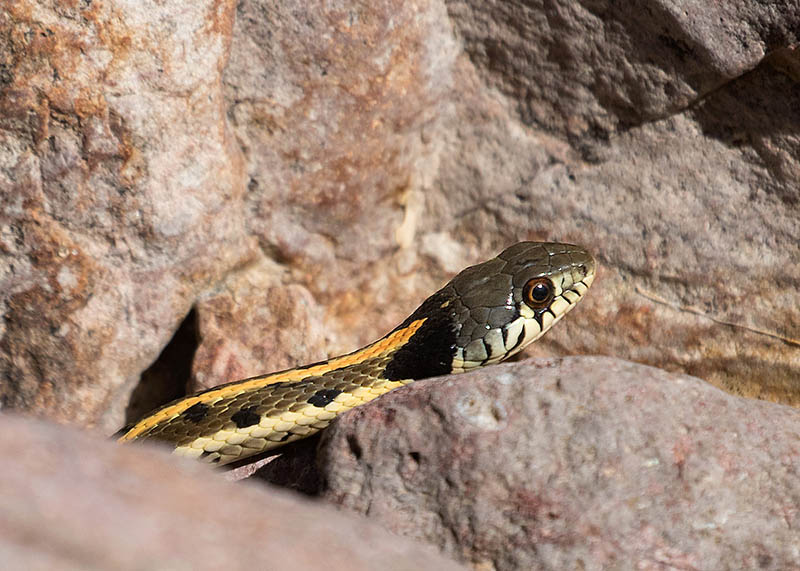
A Black-necked Gartersnake in Alamo Canyon. A life species for me, it was
probably eating tadpoles in the pools. This snake is common in eastern and central
Arizona but the Ajo Mountains represents a disjunct, isolated population.
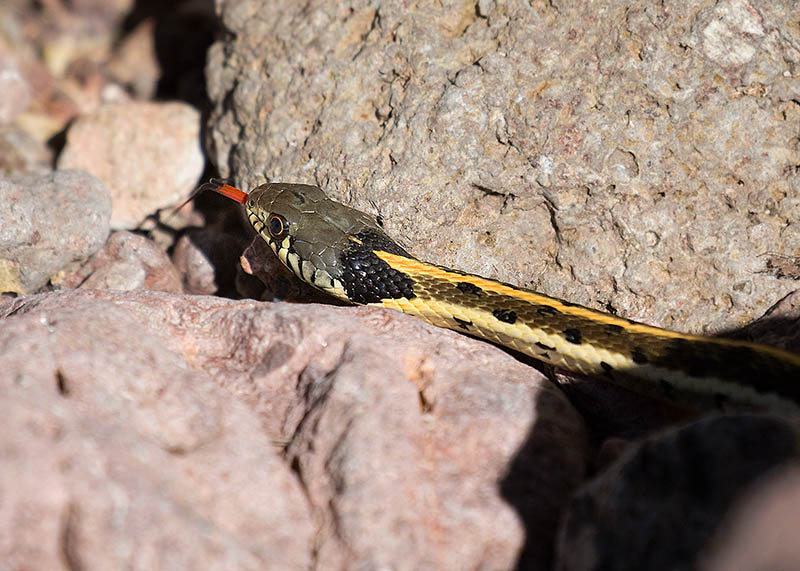
Black-necked Gartersnake, I could never get it out in the open for a full length shot.
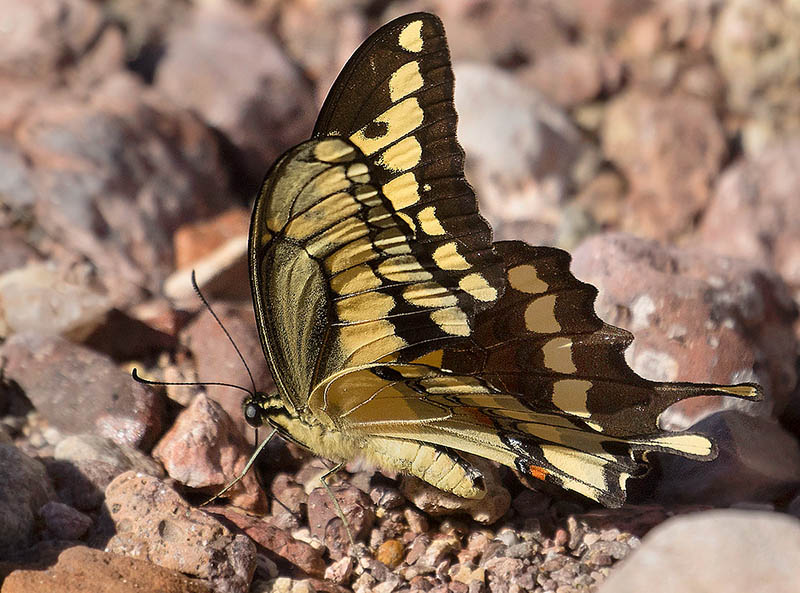
Another lifer in Alamo Canyon, a Giant Swallowtail. There were several flying around the canyon.
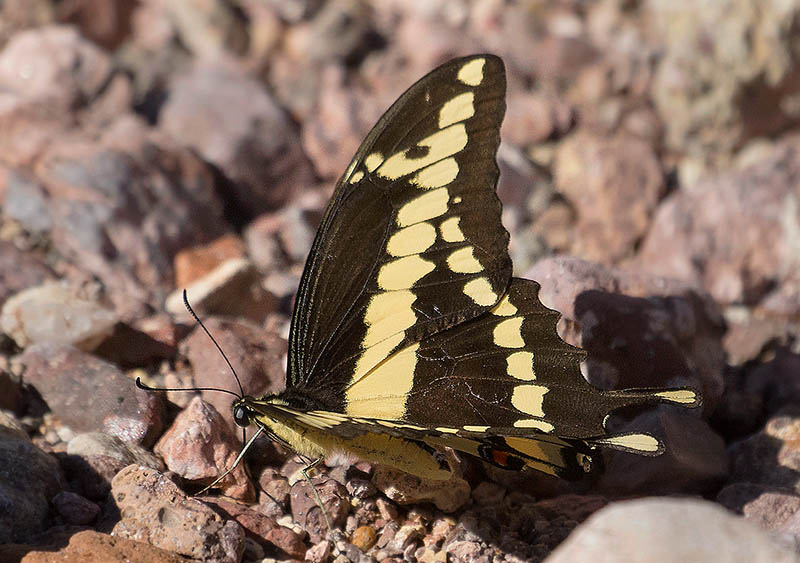
Giant Swallowtail
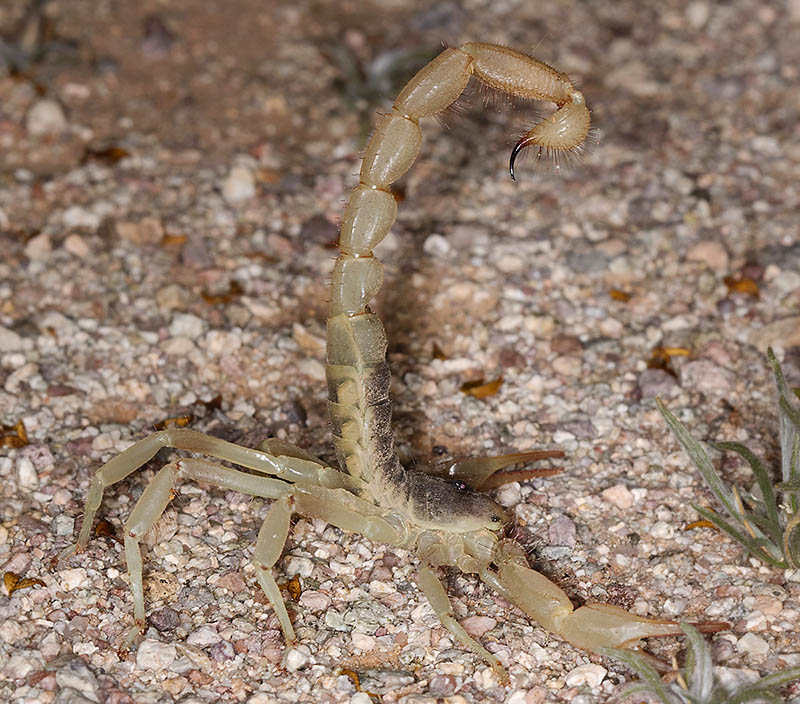
A couple of nights ago I found this Giant Hairy Scorpion crossing
the open area by the Scamp. It took a defensive posture like this.
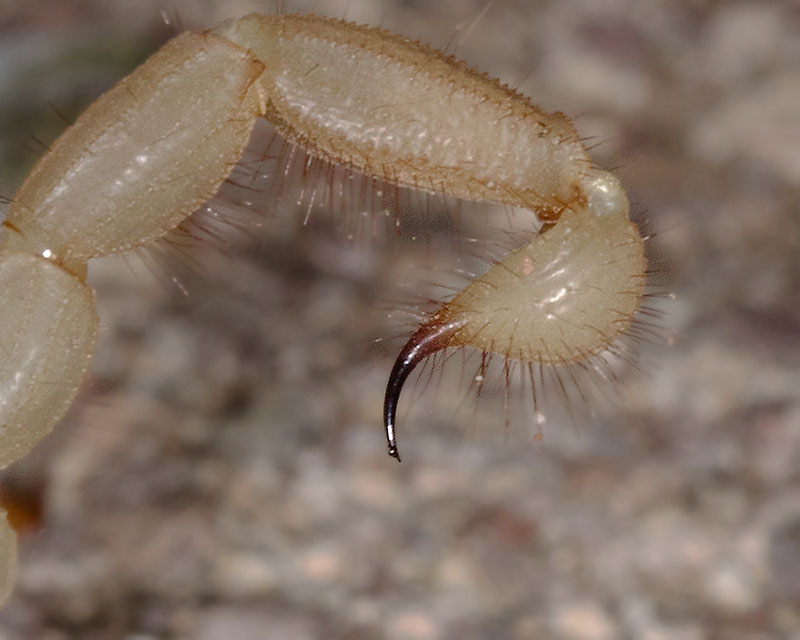
There is no dew or any source of water around so this must be a droplet of venom on the stinger.
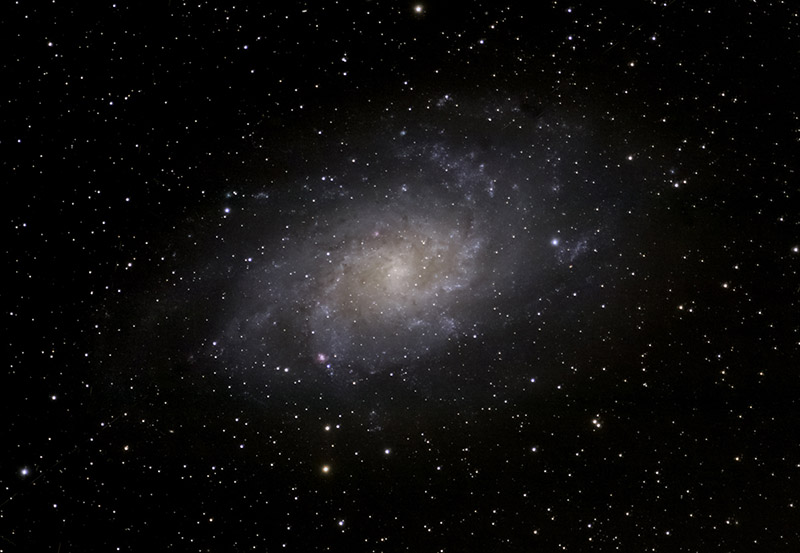
I took two more hours of exposure on the Triangulum Galaxy. One can see a
giant nebula in the galaxy. The galaxy is nearly 3 million light years away, the
nebula is in the lower left part of the galaxy. It is designated NGC 604.
From Wikipedia:
NGC 604 is an HII region inside the Triangulum Galaxy. It was discovered by William Herschel on September 11, 1784.
It is among the largest HII regions in the Local Group of galaxies. Its longest diameter is roughly
1,520 light years, over 40 times the size of the visible portion of the Orion Nebula. It is over 6,300 times more
luminous than the Orion Nebula.
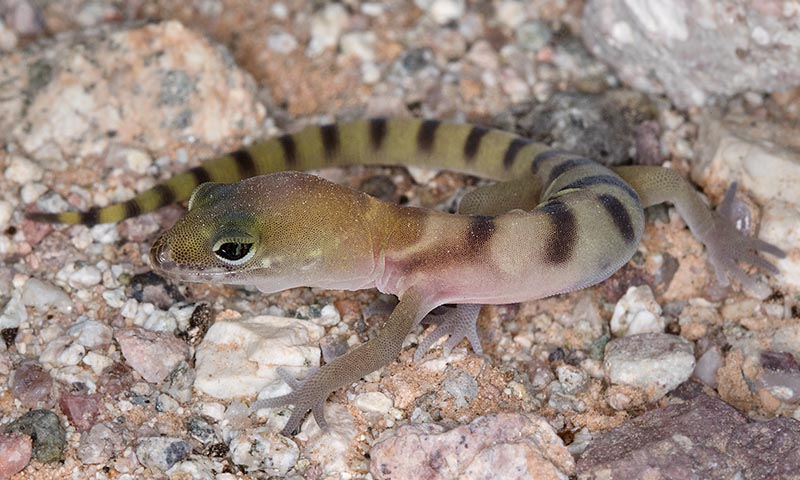
I found another Western Banded Gecko, this time under the camper. This is the first time
I have been able to get some good shots of one in the open and at a good angle.
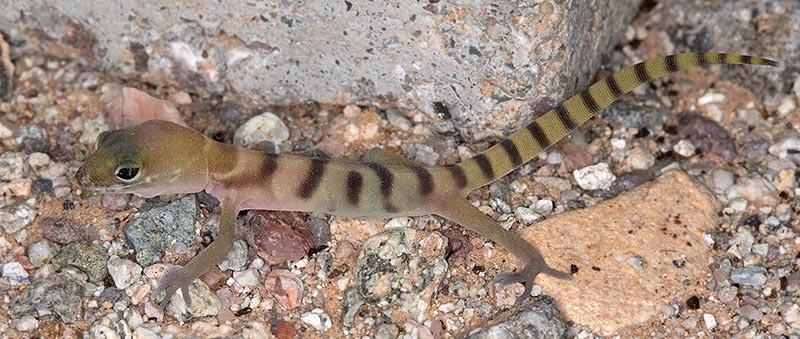
This one is only about 2.5 inches long.
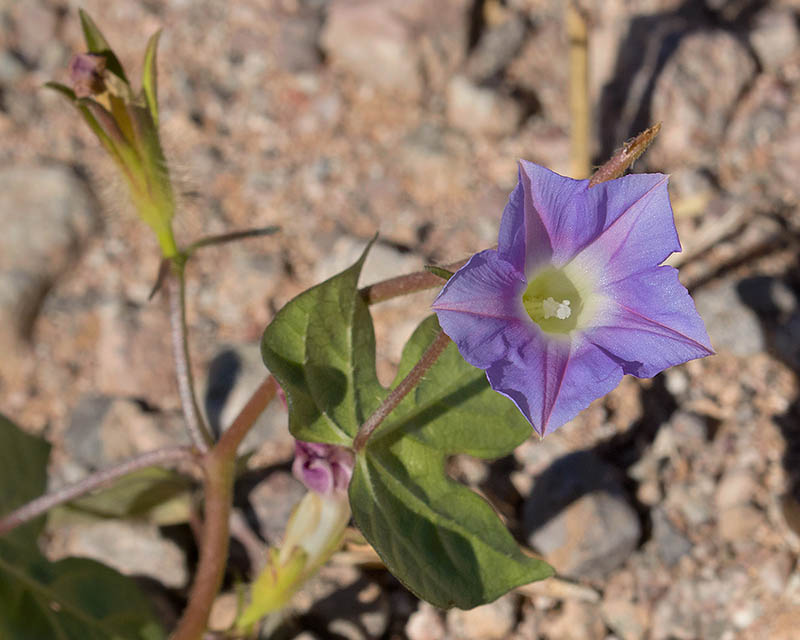
Ivy Morning Glory blooming in the desert.
Back to Winter in Arizona 2018-19 or www.wildphotosphotography.com